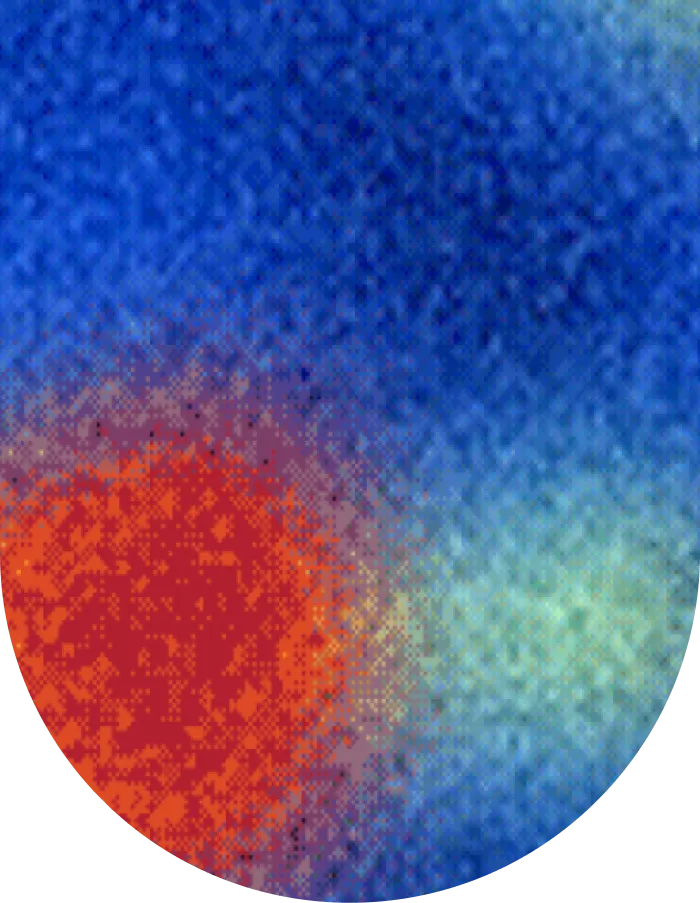Enhancing Data Security and Privacy with Tokenization


The healthcare industry generates a massive amount of data, and medical imaging is no exception. With the advent of AI-driven algorithms, the need for data security and privacy has become even more crucial. Data tokenization is a technique that has been gaining traction in the medical imaging space to ensure data protection and confidentiality. In this blog post, we will explore what data tokenization is, its benefits and difficulties, and how it can be applied to medical imaging data.
What is Data Tokenization?
Data tokenization is a process that replaces sensitive data elements with non-sensitive, unique tokens that have no intrinsic value. The original data is securely stored in a separate, protected environment, while the tokens are used for processing and analysis purposes. This approach minimizes the risk of unauthorized access or data breaches and ensures compliance with privacy regulations.
Benefits of Data Tokenization in Medical Imaging
a. Enhanced Data Security: Data tokenization offers a higher level of data protection than traditional encryption methods. By replacing sensitive information with tokens, the risk of unauthorized access or data breaches is significantly reduced.
b. Compliance with Privacy Regulations: The healthcare industry is subject to strict data privacy regulations like HIPAA and GDPR. Data tokenization helps organizations adhere to these regulations by safeguarding patient information and maintaining confidentiality.
c. Facilitating Data Sharing: Tokenization enables the secure sharing of medical imaging data among researchers, radiologists, and other healthcare professionals. By removing sensitive information from the data, tokenization fosters collaboration while preserving privacy.
d. Improved Data Quality: Tokenization can help improve the quality of medical imaging data by creating a more complete and accurate representation of patient and population insights. This, in turn, can enhance the development and validation of AI algorithms in the medical imaging field.
Applying Data Tokenization to Medical Imaging Data
a. Identifying Sensitive Information: The first step in the tokenization process involves identifying sensitive information within the medical imaging data. This may include patient demographics, medical history, and other personally identifiable information (PII).
b. Generating Tokens: Unique tokens are generated for each piece of sensitive information. These tokens act as placeholders and are used in place of the original data for processing and analysis.
c. Secure Storage: The original sensitive data is securely stored in a separate, protected environment. This ensures that the data remains confidential and is only accessible by authorized individuals.
d. Data Analysis and Collaboration: The tokenized medical imaging data can be safely shared and analyzed without compromising patient privacy. This facilitates collaboration among healthcare professionals and researchers while maintaining compliance with privacy regulations.
Overcoming Difficulties in Data Tokenization
Despite the numerous benefits it offers, the implementation of data tokenization in medical imaging comes with its own set of challenges. Here are some of the key difficulties and how they can be addressed:
a. Scalability: Medical imaging data is often voluminous and complex, requiring a scalable tokenization solution to handle the large amounts of data efficiently. Organizations need to invest in systems that are designed to accommodate high volumes of data while maintaining performance and security standards.
b. Integration with Existing Systems: Many healthcare organizations use legacy systems, which can be a hurdle when integrating data tokenization solutions. To overcome this challenge, organizations should work with solution providers that offer flexible integration options or consider upgrading their systems to support modern tokenization techniques.
c. Maintaining Data Consistency: Ensuring that the tokenized data remains consistent and accurate is crucial for its proper use in analytics and AI development. Healthcare organizations should establish stringent data governance policies and invest in robust data management solutions to maintain data consistency.
The Future of Data Tokenization in Medical Imaging
As the adoption of AI in medical imaging continues to grow, the importance of data tokenization will only increase. Some future trends and developments to watch for:
a. Improved Tokenization Algorithms: New and more efficient tokenization algorithms are expected to be developed to further enhance the security and privacy of medical imaging data. These algorithms will likely be tailored specifically to address the unique challenges posed by medical imaging data.
b. Interoperability: The healthcare industry is moving towards greater interoperability, which will require seamless exchange of tokenized medical imaging data among different systems and organizations. We can expect to see the development of standardized tokenization formats and protocols to facilitate data sharing while maintaining data privacy.
c. Integration with AI and Machine Learning: As AI and machine learning technologies advance, data tokenization solutions will need to evolve in tandem. This will involve the development of tokenization techniques that are optimized for AI-driven analysis and the ability to support the training and validation of AI algorithms while preserving data privacy.
d. Collaborative Research Initiatives: As the need for data sharing in medical imaging research grows, we can expect to see more collaborative initiatives involving industry stakeholders, research institutions, and government agencies. Data tokenization will play a vital role in enabling these collaborations while maintaining the privacy and security of sensitive medical imaging data.
Data tokenization is a valuable solution for enhancing data security and privacy in the medical imaging space. By replacing sensitive information with unique tokens, healthcare organizations can maintain compliance with privacy regulations, foster collaboration, and improve data quality. As AI continues to drive innovation in medical imaging, adopting data tokenization techniques will be essential to ensure the protection of patient data and enable the development of advanced algorithms.

